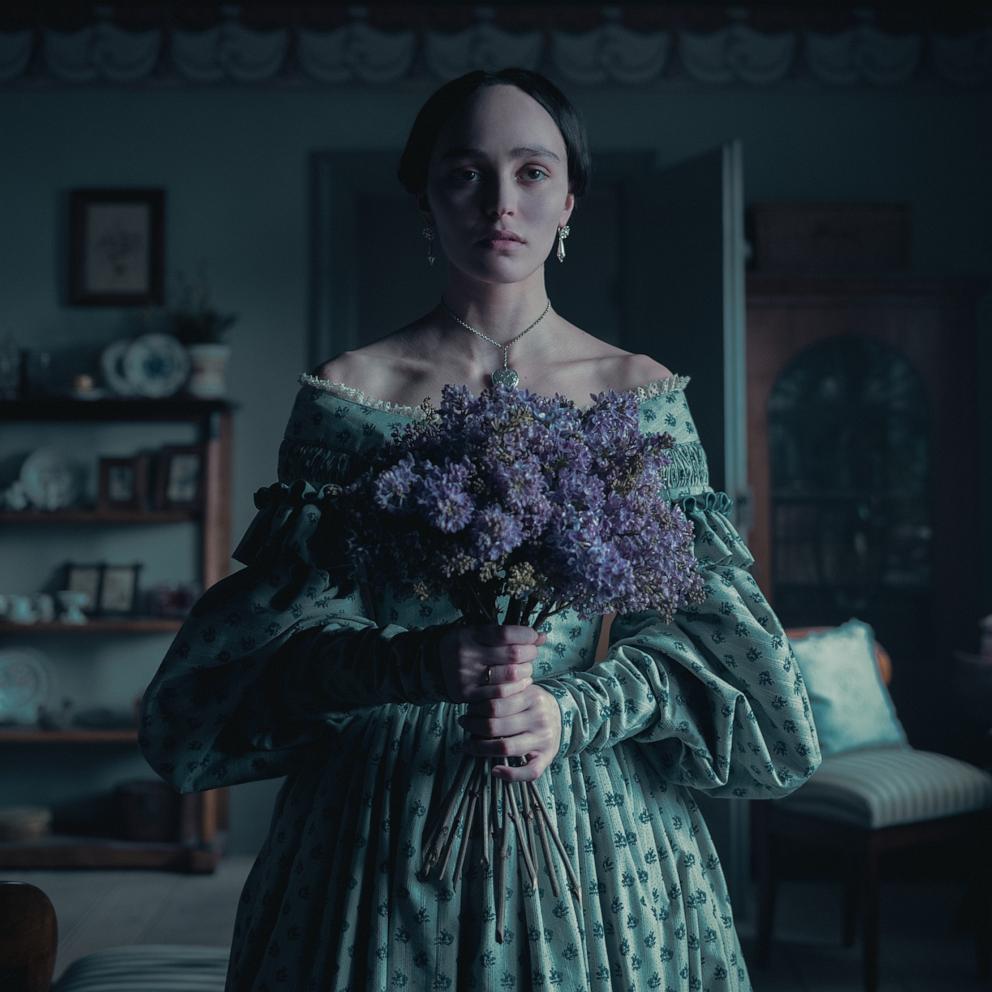'The Grandmaster': Romantic Kung Fu Movie Touts 'Love at First Fight'
Aug. 26, 2013— -- The latest kung-fu movie import hitting American theaters is a love letter to the man who trained Bruce Lee and is tapping into a new generation of kung fu movie lovers.
Directed by Hong Kong auteur Wong Kar Wai, "The Grandmaster" is loosely based on a true story about Ip Man, the martial artist who taught a young Bruce Lee the fundamentals of Wing Chun kung fu.
Starring Chinese actors Tony Leung and Ziyi Zhang, "The Grandmaster," now playing in select theaters nationwide, is a project nearly 10 years in the making and is Wong's homage to the fight films of his youth.
Wong's calling card in films such as "2046" and "Chunking Express" is his visual aesthetic and themes focusing on loss and unrequited love. In "The Grandmaster," Wong adds a healthy dose of intense fight scenes to create a film unlike anything seen before in recent cinema.
"I was always a big fan of Bruce Lee when I was a kid. I always wanted to learn kung fu," said Leung, who plays the title role. At first, Leung said he thought he'd have to train a year before shooting, but in the end, "I spent four years non-stop training."
Zhang plays a female kung fu master torn between her love for Ip Man and her desire to avenge her father's death.
Many of the fight scenes in "The Grandmaster" took place at night, in the rain or in the freezing cold, so the actors had to battle the elements through dozens of shots.
"My fighting scene in the rain is the most difficult scene in my acting career," Leung said, noting they had about 50 overnight shoots in the rain.
"What you see now is very short," he said, but entailed a master shot every night first. "That means you have to fight like 10 people from the end of this street to there, and every take and every angle, may take 27 times."
"There's one scene that was really difficult -- we shot in the train station -- because the weather was so cold," Zhang added. "I always think, 'Wong Kar Wai can choose anywhere he wants,' but he chose the coldest. Every night my hands and my feet were always numb. So if somebody cut off my feet, I wouldn't have felt it."
The dynamic fight scenes of kung fu movies have been a cult following with American audiences since the early 1970s, and none more so than the films starring Bruce Lee. Most would agree that Lee was the catalyst for the collision of Asian and American pop culture, inspiring generations to learn kung fu.
Bruce Lee and kung fu's influence can be seen all over today's pop culture, from Keanu Reeves' mind-bending fight scenes in "The Matrix" trilogy to modern interpretations of kung fu classics, such as the 2000 film, "Crouching Tiger, Hidden Dragon."
Kung fu influences can also be found in the work of Quentin Tarantino's "Kill Bill" series, and even with a group of rappers from Staten Island, N.Y., who built a music empire around a persona culled from a 1983 martial arts film titled, "Shaolin and Wu-Tang."
"Kung fu always had a part of my life," said Raekwon of The Wu-Tang Clan. "The kid in the movie, he could've been a weakling, but he built his training based on his mentals, and the skills that was in front of him."
And for a master to accept that kid as a student, the kid "had to have that discipline, so it's the same for us within rap music," he said.




